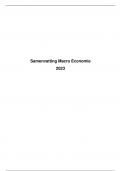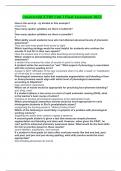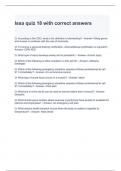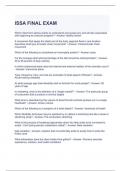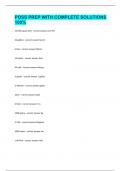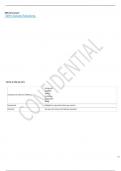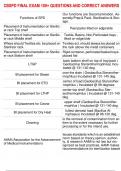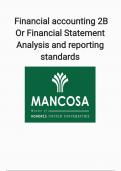Samenvatting
Samenvatting Macro-Economie 2024 (17/20)
- Vak
- Instelling
- Boek
Een zeer overzichtelijke samenvatting op basis van de slides aangevuld met info uit het handboek (focusboxen en appendices!) en mijn notities uit de les. Gedoceerd door prof Vanneste. Ik behaalde een 17/20! In het Nederlands geschreven. Dit is alles wat je nodig hebt om ook de werkcolleges te begr...
[Meer zien]
